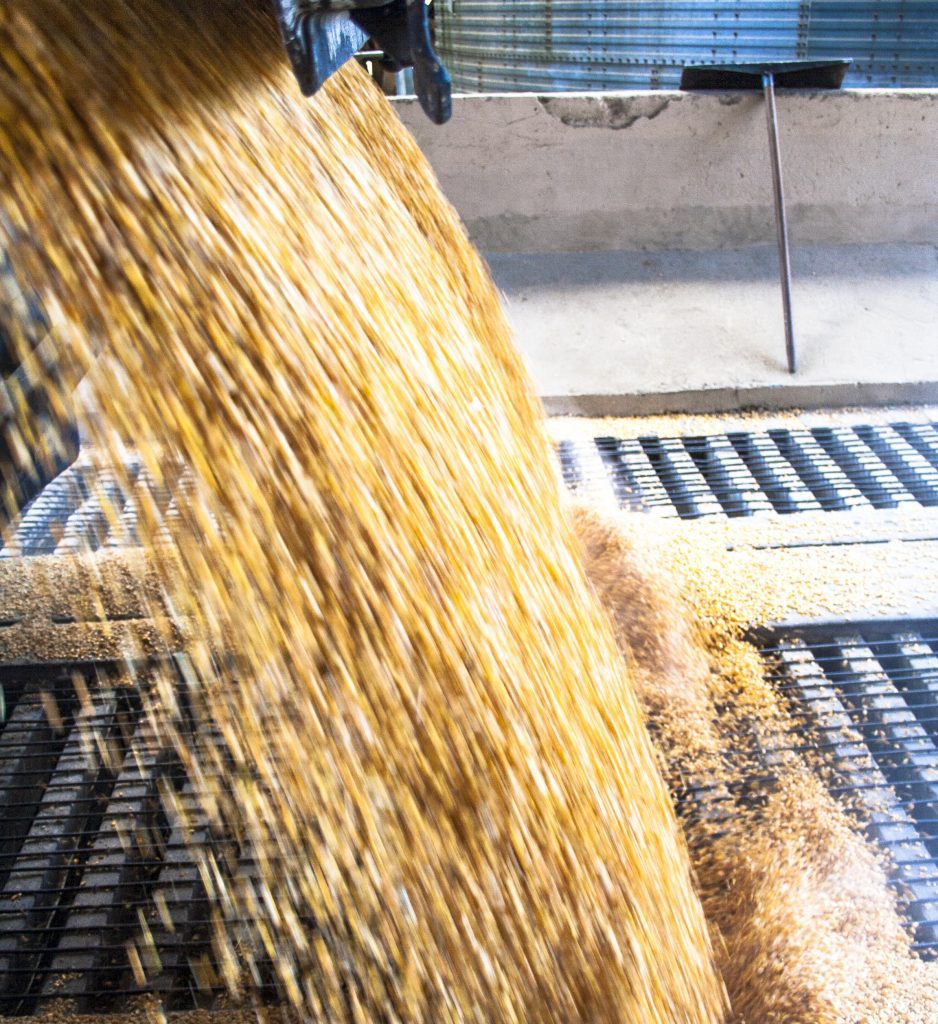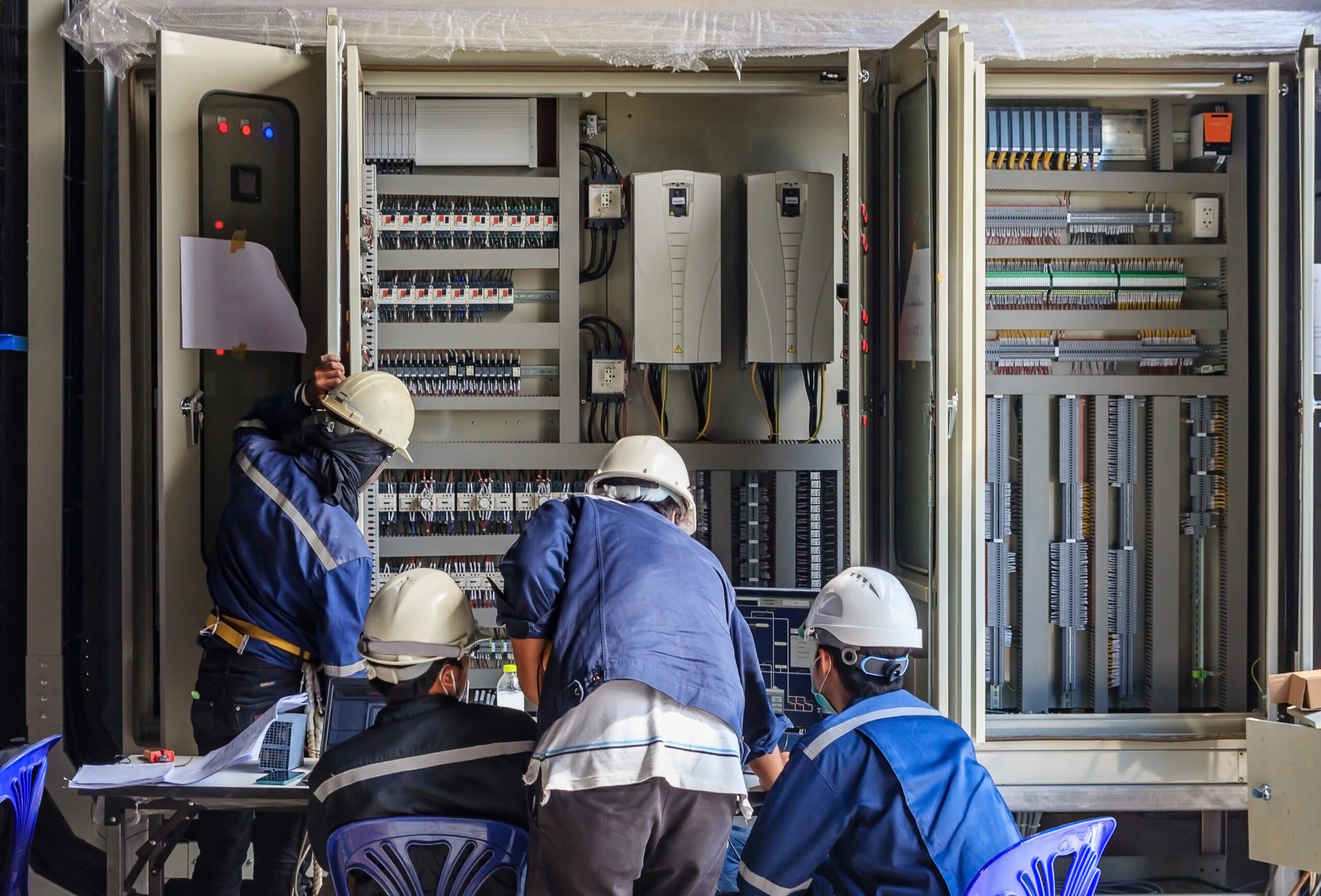
Continuous flow systems allow manufacturers to produce a wide array of products with exceptional speed. As their name implies, continuous systems work without stopping or pausing, and every process coordinates together to create one ongoing system. For this to work, it’s essential that weighing systems are accurate and reliable. Let’s take a look at the different continuous flow solids weighing systems.
Continuous Flow Solids Weighing Systems Compared
Continuous Flow Weighing Systems vs Batch Weighing Systems
Though continuous flow systems and batch weighing systems often rely on the same core technology, they are implemented in very different ways. In a continuous flow system, material moves through the process without stopping. This means that weighing instruments often rely on flow rate, instead of actual weight or volume. A batch weighing system often calculates a material’s actual weight or volume to get an accurate reading.
In some cases, a system might use some batching methods and some continuous flow methods, so it might combine technologies to maximize both efficiency and accuracy. Some processes and materials lend themselves well to continuous flow systems, while others are much harder. Finding the right balance of batching and continuous flow can make your weighing systems more accurate and easier to maintain, but it can also make your overall system highly efficient and cost-effective.
The continuous flow solids weighing systems compared below are some of the most common systems used in large-scale manufacturing. This may include mixing and weighing for animal feed, pet food, snack foods, cereal, plastic powders, chemical formulation, pharmaceuticals, and many more.
Weigh Screw Feeder
A weigh screw feeder is a common type of continuous flow solids weighing systems. This system uses a cantilevered screw feeder with a load cell secured to the discharge end of the feeder. This type of feeder can be effective for many types of free flowing solids, including fragile materials. Adjusting the tolerance construction of the feeder and the RPMs can compensate for fragile materials.
Learn more about APEC’s continuous weighing systems >
Belts Scales and Weight Belts
Belts scales and weight belts combine conveyor belts with weighing instruments to accurately weigh dry materials on a continuous basis. With a belt scale or weight belt, material moves across the belt, ideally to the next process or machine, and the material can be continuously weighed at the same time. Unlike some other continuous flow solids weighing systems, belt scales and weight belts don’t have measurement blind spots. However, it’s essential that the belt’s tension is properly calibrated, and that regular maintenance includes checks for hot temperature and wear-and-tear, which can affect the tensioning. Preventative maintenance for these types of scales is very important, but they can be cost-effective and highly accurate.
Gravimetric Flow Meters
As the name implies, gravimetric flow meters use gravity to weigh materials. These types of weigh instruments can be common in continuous or batch systems. Loss-in-weight continuous flow solids weighing systems are some of the most common gravimetric flow meters. The load cells in these systems measure the weight by detecting material as it’s lost. However, these types of systems can have blind spots, these systems work better with low flow rates.
Centripetal Flow Meters
A centripetal flow meter is one type of gravimetric flow meters. In this tye of continuous flow solids weighing system, the material moves across a curved surface, which measures the material through centripetal force. These meters can be very accurate and, as an additional benefit, they aren’t disrupted by the density of the material. This makes these types of meters highly versatile with many different types of systems.
Dynamic Flow Meters and Coriolis Meters
Dynamic flow meters may be used in batch or continuous operations. A coriolis meter is one type of dynamic flow meter. This weighing instrument uses the coriolis effect to measure material. This type of meter uses a series of spinning devices to change torque as the material passes. This change in torque can then convert to weight measurement. For this type of weight system, it’s also important to maintain good preventative maintenance, especially for the rotating mechanism.
Pneumatic Conveyance and Radar-Based Meters
Pneumatic conveyance is a common type of conveyance for continuous flow solids weighing systems. For pneumatic conveyance, radar-based measurement systems are also common. These types of weighing systems might use radar, Doppler, or nuclear technologies to measure flow rate. Radar-based meters and similar systems can passively measure material, which requires no intrusion into the material stream. This means that fragile, friable, or very powdery materials can be measured more easily.
The right continuous flow solids weighing system can help make your entire system more efficient. If you have questions about which weighing system is right for you, contact us. Our experts can answer your questions and point you in the right direction.







